Error Sources and Compensation Techniques in Inertial Navigation Systems
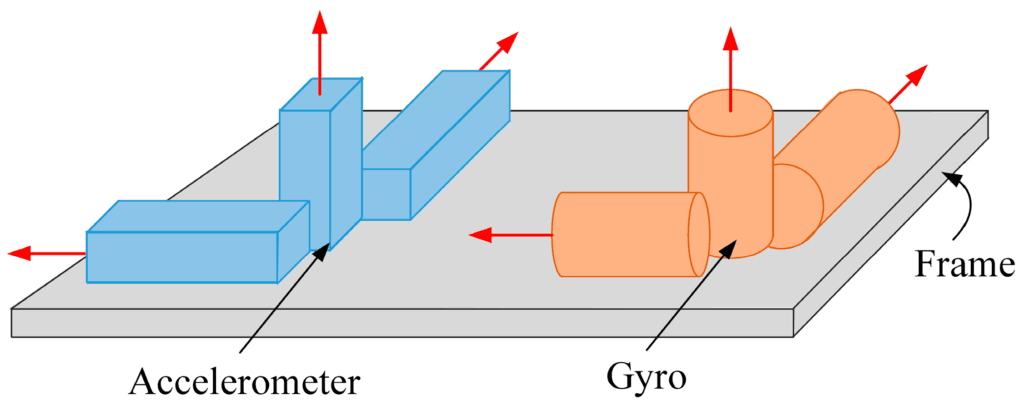
Inertial navigation accuracy is ultimately limited by how well sensor errors are modeled and compensated. From bias drift to random walk, effective mitigation requires a combination of hardware design, calibration routines, and real-time algorithmic correction.
10-Axis MEMS IMUs Explained: Components, Benefits, and Use Cases
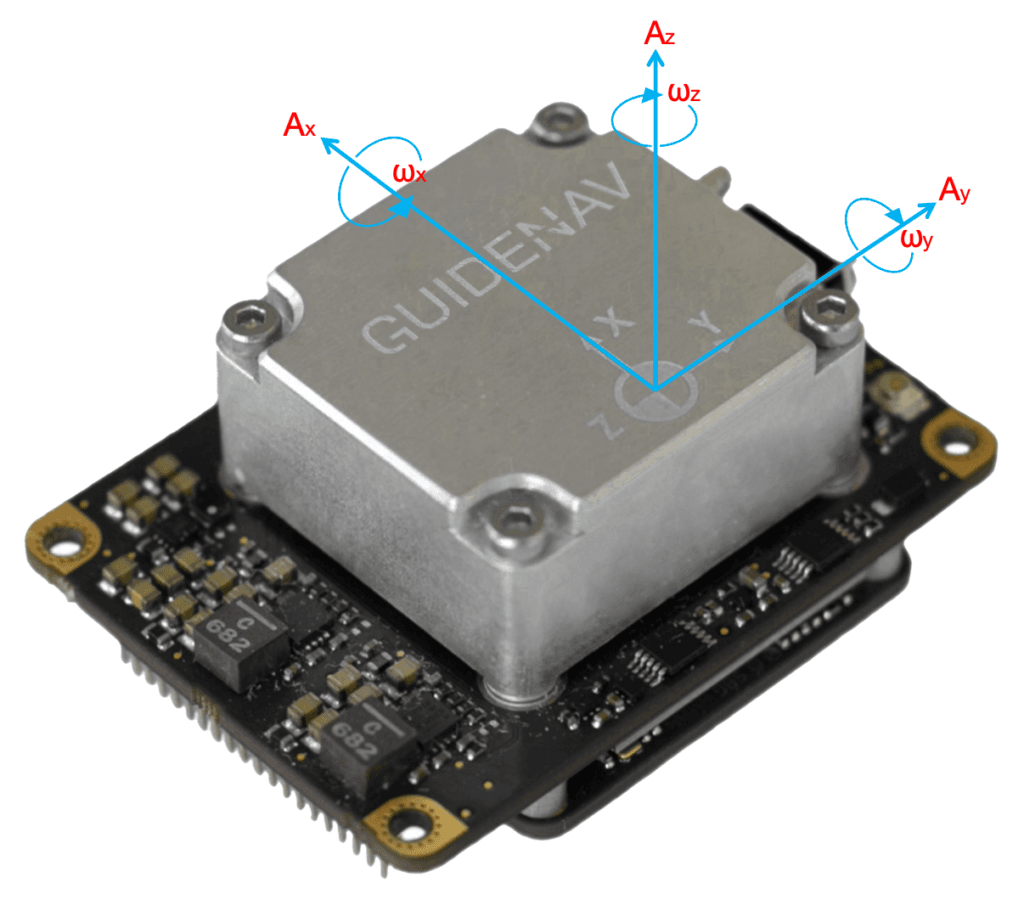
A 10-axis MEMS IMU offers a significant leap over traditional 3-axis or 6-axis sensors by combining gyroscopes, accelerometers, magnetometers, and a barometer into one compact module. This richer sensor fusion enables not only motion tracking, but also absolute heading and altitude awareness-crucial for reliable navigation, control, and stability in complex or GPS-denied environments.
How to Select the Right MEMS Accelerometer?
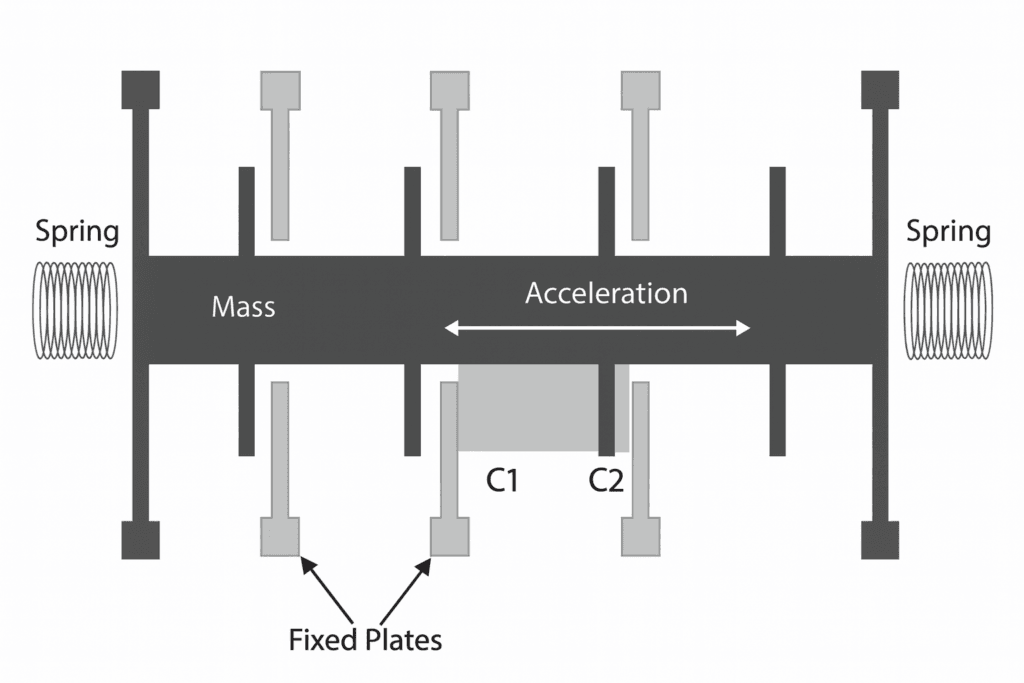
Selecting a MEMS accelerometer isn’t just about datasheet numbers. Real-world factors like thermal drift, vibration endurance, and in-field bias stability often determine system performance where it counts. This guide focuses on what truly matters across defense, aerospace, and robotic platforms.
Top 6 IMU Technology Trends Shaping Tactical Navigation in 2025

Explore 6 key IMU trends—MEMS breakthroughs, FOG precision, AI calibration, IMU arrays, SWaP optimization, and GPS-denied navigation—redefining tactical guidance systems in 2025.
Analyzing the EMCORE DSP-3000 FOG: Strengths, Use Cases, and How It Compares
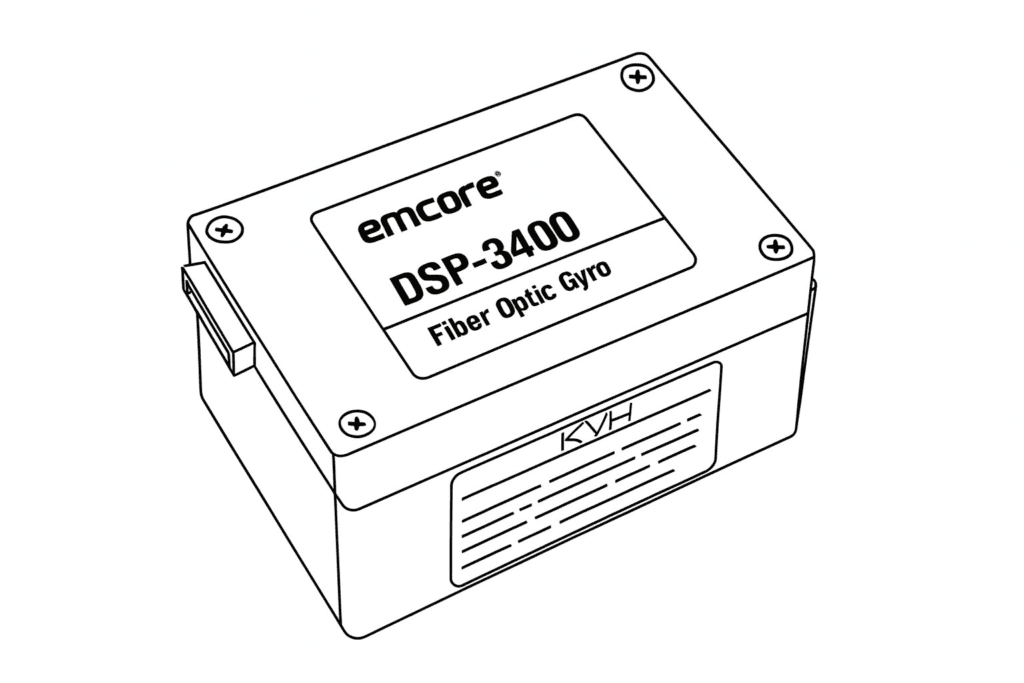
Compare the EMCORE DSP-3000 and GuideNav GSF30 fiber optic gyroscopes. Discover how the GSF30 delivers tactical-grade performance in a compact, low-power design ideal for UAVs, gimbals, and embedded platforms.
How MEMS Gyroscopes Power Modern Robotics: From Warehouse AGVs to Humanoid Arms

MEMS gyroscopes form the inertial core of advanced robotics—delivering precise angular rate sensing, real-time orientation tracking, and reliable motion feedback in compact, power-efficient packages. They are indispensable in enabling stable navigation and dexterous movement for both AGVs and humanoid robotic arms.
MEMS or FOG for LRF Stabilization in Armored Platforms? Here’s What You Need to Know

Based on real-world experience, FOG gyros outperform MEMS in terms of long-term stability, vibration immunity, and thermal robustness in vehicle-mounted LRF applications. MEMS is still viable for space-constrained or budget-sensitive platforms, but requires careful compensation design.
FOG Gyroscope Lifecycle: Durability, Calibration, and Maintenance

In practical deployments, sustaining the precision and stability of a Fiber Optic Gyroscopes (FOG) requires more than advanced sensor design—it demands a calibrated system framework that includes thermal compensation, mechanical isolation, and lifecycle-aware maintenance.
Why Fiber Optic Gyroscope (FOG) IMUs Are Game-Changers for Gimbal Applications?
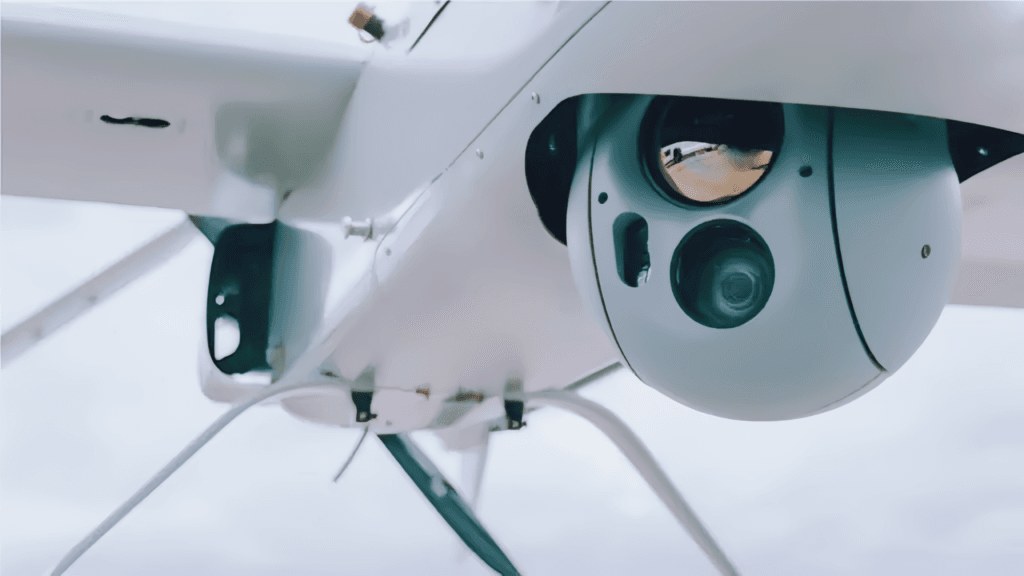
That’s why I rely on Fiber Optic Gyroscope IMUs—they bring unmatched precision and resilience, transforming shaky, unreliable gimbals into rock-steady platforms no matter the conditions.
How Can INS Solutions Overcome Navigation Challenges in Complex Environments?
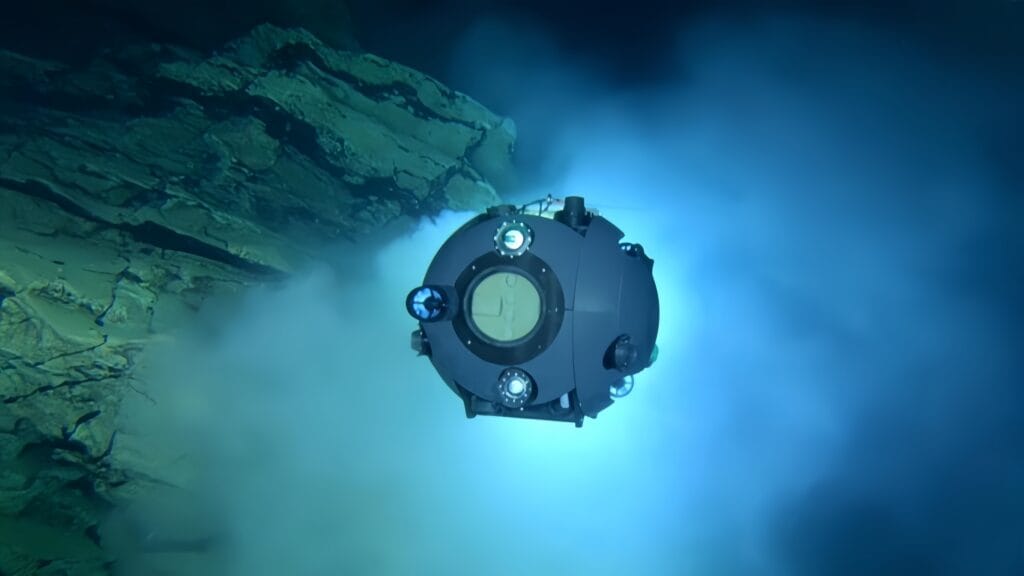
Inertial Navigation Systems (INS) operate independently of external signals by measuring acceleration and angular velocity through internal sensors, making them indispensable in environments where GNSS signals are blocked or unreliable. Through sophisticated sensor fusion, error compensation, and AI-driven corrections, INS delivers continuous, accurate positioning in the most demanding scenarios.
